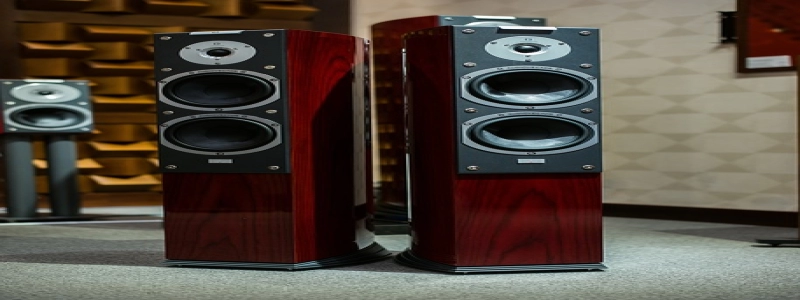Fiber Optic Cable Differences
Introduction:
Fiber optic cables have revolutionized the telecommunications industry, providing efficient and high-speed data transmission. They are widely used in various applications, including internet connections, telecommunication networks, and cable television. Despite their popularity, not all fiber optic cables are the same. In this article, we will explore the differences between various types of fiber optic cables.
1. Single mode vs. Multimode:
One of the primary distinctions in fiber optic cables is whether they are single mode or multimode. Single mode fibers have a smaller core diameter, allowing for the transmission of a single light signal in a straight line. They are used for long-distance applications, such as in telecommunications networks. On the other hand, multimode fibers have a larger core diameter, enabling the transmission of multiple light signals simultaneously. They are commonly used in short-distance applications, such as local area networks (LANs).
2. Core Material:
Another significant difference among fiber optic cables lies in the material used for the core. The core is the central part of the cable where the light signals travel. The two most common core materials are glass and plastic. Glass fiber optic cables offer better transmission efficiency and are suitable for high-speed data transmission over long distances. Plastic fiber optic cables, on the other hand, are more flexible and easier to install. They are generally used in short-range applications, such as home networks.
3. Cable Construction:
Fiber optic cables can also differ in their construction. There are two main types of constructions: loose-tube and tight-buffered cables. Loose-tube cables are designed for outdoor installations, as they provide protection against moisture and temperature fluctuations. They consist of individual fiber strands encased in a protective buffer tube. Tight-buffered cables, on the other hand, are ideal for indoor applications where space is limited. They have a thick layer of insulation around each individual fiber strand.
4. Speed and Bandwidth:
The speed and bandwidth capabilities of fiber optic cables depend on various factors, including the aforementioned differences. Single mode fiber optic cables typically offer higher speeds and bandwidth, making them suitable for long-distance, high-capacity applications. Multimode fiber optic cables, although slower in comparison, are more cost-effective and sufficient for shorter-distance applications with lower bandwidth requirements.
Conclusion:
When it comes to fiber optic cables, understanding the differences between various types is crucial. The choice of cable will depend on the specific requirements of the application, such as distance, data transmission speed, and budget. Whether it is single mode vs. multimode, glass vs. plastic, loose-tube vs. tight-buffered, or speed and bandwidth capabilities, each difference plays a significant role in determining the suitability of the cable for a particular purpose. By considering these differences, users can make informed decisions and maximize the benefits of fiber optic technology.








